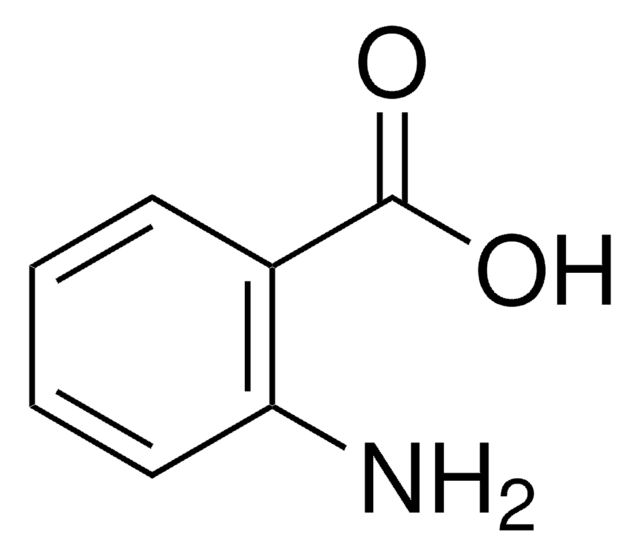推荐产品
等級
certified reference material
agency
BCR®
製造商/商標名
JRC
技術
HPLC: suitable
gas chromatography (GC): suitable
形式
neat
儲存溫度
2-8°C
SMILES 字串
c1ccc-2c(c1)-c3cc4ccccc4c5cc6ccccc6c-2c35
InChI
1S/C24H14/c1-3-9-17-15(7-1)13-22-19-11-5-6-12-20(19)23-18-10-4-2-8-16(18)14-21(17)24(22)23/h1-14H
InChI 密鑰
JHOWUOKQHJHGMU-UHFFFAOYSA-N
分析報告
For more information please see:
BCR265
BCR265
法律資訊
BCR is a registered trademark of European Commission
訊號詞
Warning
危險聲明
危險分類
Carc. 2
儲存類別代碼
11 - Combustible Solids
水污染物質分類(WGK)
WGK 3
閃點(°F)
Not applicable
閃點(°C)
Not applicable
Dibenzo[a,e]fluoranthene.
IARC monographs on the evaluation of the carcinogenic risk of chemicals to humans, 32, 321-325 (1983-12-01)
O Périn-Roussel et al.
Carcinogenesis, 6(12), 1791-1796 (1985-12-01)
In vivo binding of dibenzo[a,e]fluoranthene (DBF) to mouse embryo fibroblast DNA was compared with that observed previously in vitro on calf thymus DNA incubated with mouse liver microsomes. The h.p.l.c. elution patterns of the adducts formed by DBF metabolites with
O Périn-Roussel et al.
Carcinogenesis, 13(4), 723-725 (1992-04-01)
Quantitative and qualitative changes in the inhibition of DNA adduct formation in the presence of increasing concentrations of norharman (NH) were investigated in vivo in mouse fibroblasts treated with dibenzo[a,e]fluoranthene (DBF), a potent carcinogen in mice. The nuclease P1 modification
O Périn-Roussel et al.
Carcinogenesis, 9(8), 1383-1388 (1988-08-01)
The three-dimensional distribution of nuclear DNA damage induced by dibenzo(a,e)fluoranthene (DBF), a potent carcinogen for mouse fibroblasts, has been examined. The intact supercoiled nuclear DNA obtained from nucleoids of mouse fibroblasts incubated with DBF was fractionated into loop DNA attached
O Périn-Roussel et al.
Carcinogenesis, 11(2), 301-306 (1990-02-01)
The formation of DNA adducts was investigated in mouse fibroblasts treated with dibenzo[a,e]fluoranthene (DBF), using the nuclease P1 modification of the 32P-post-labeling method. In order to separate the poorly soluble, bulky DNA adducts of this potent sarcomogenic, six-ring polycyclic aromatic
我们的科学家团队拥有各种研究领域经验,包括生命科学、材料科学、化学合成、色谱、分析及许多其他领域.
联系技术服务部门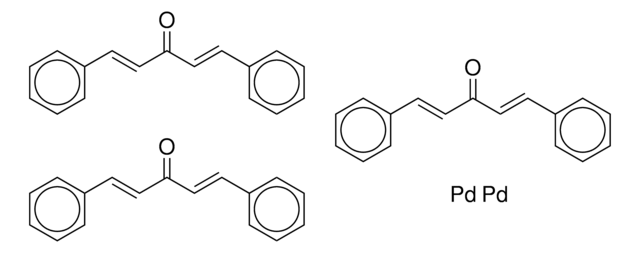
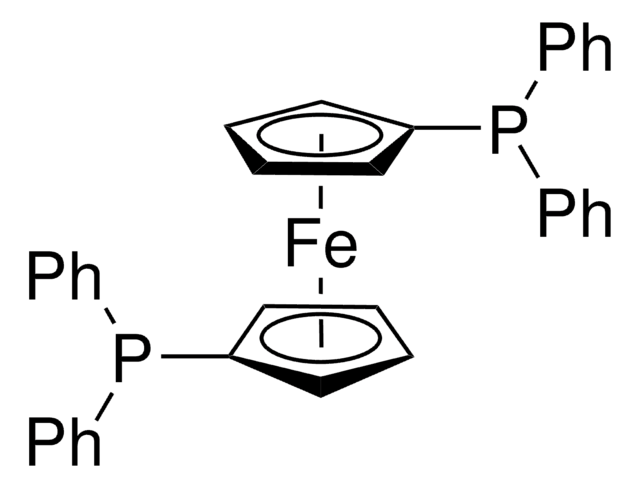
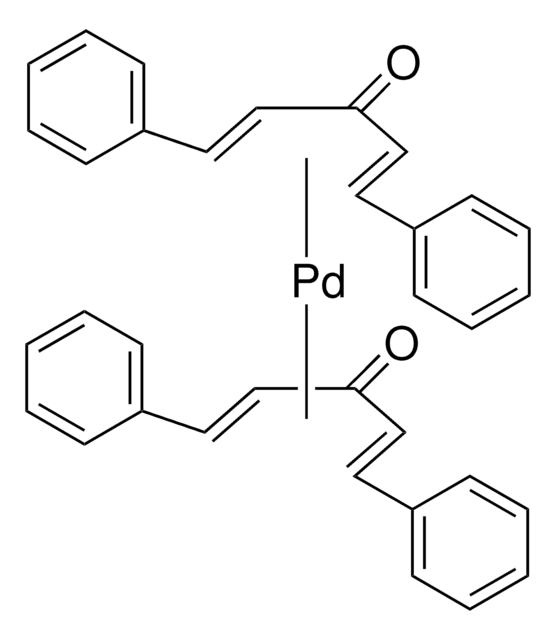
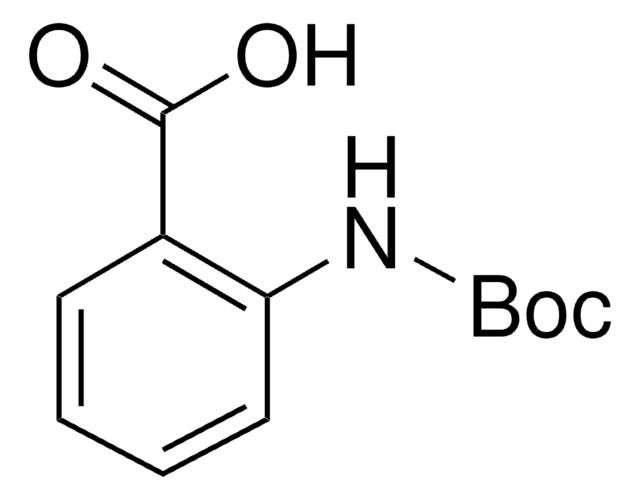
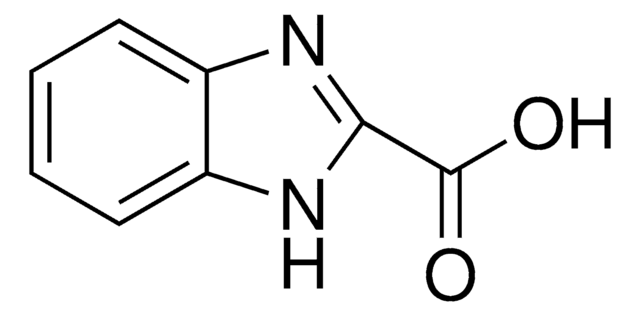
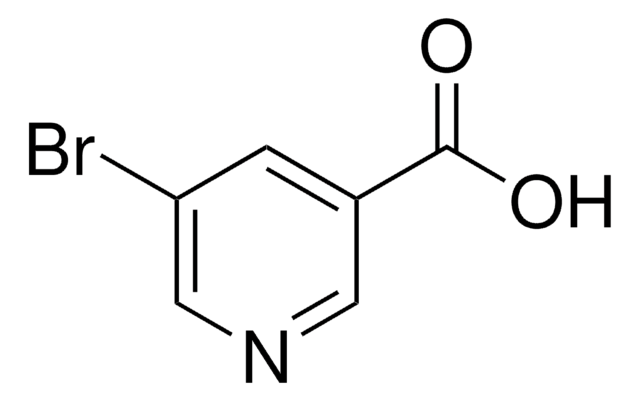
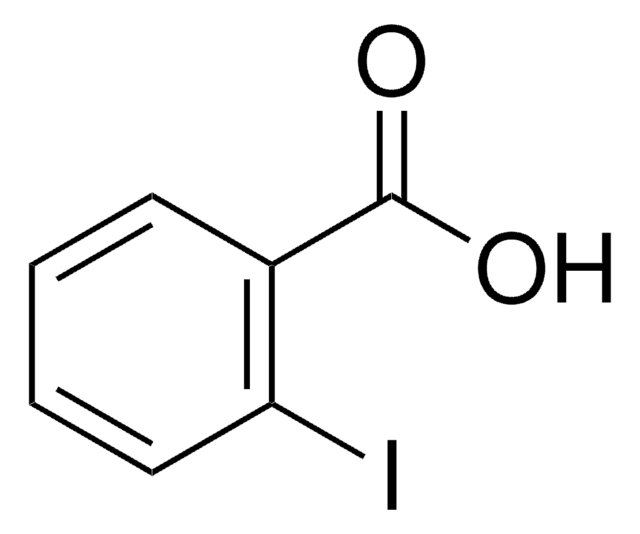
![[1,1′-双(二苯基膦)二茂铁]二氯化钯(II)](/deepweb/assets/sigmaaldrich/product/structures/130/734/8846aa26-1858-458a-998d-8c306c13bf0f/640/8846aa26-1858-458a-998d-8c306c13bf0f.png)
